

Damion Smy
China introduces “no fire, no explosion” EV battery standards
24 Minutes Ago
It has taken a while but Lexus (and Toyota, by extension) has entered the fully electric car game with a zero-emissions version of the UX. Has it been worth the wait?
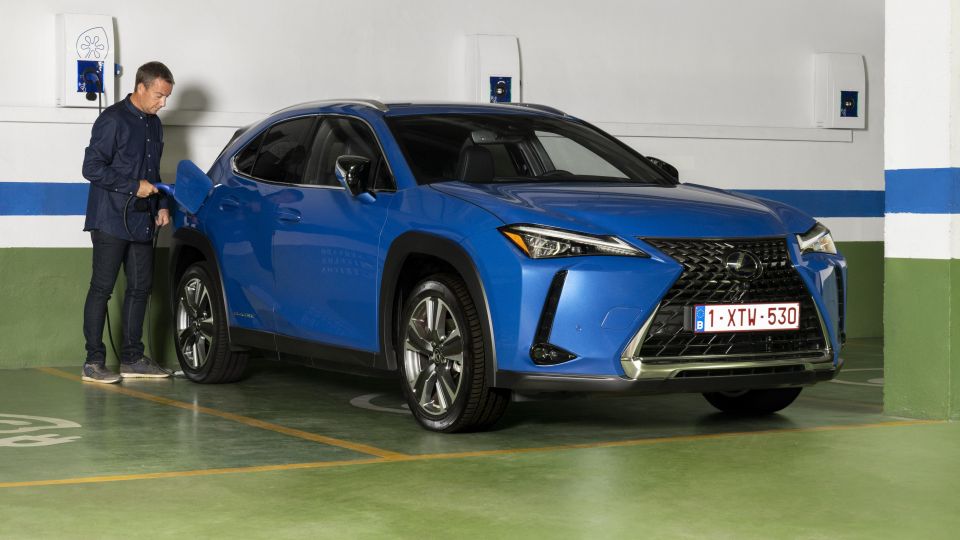
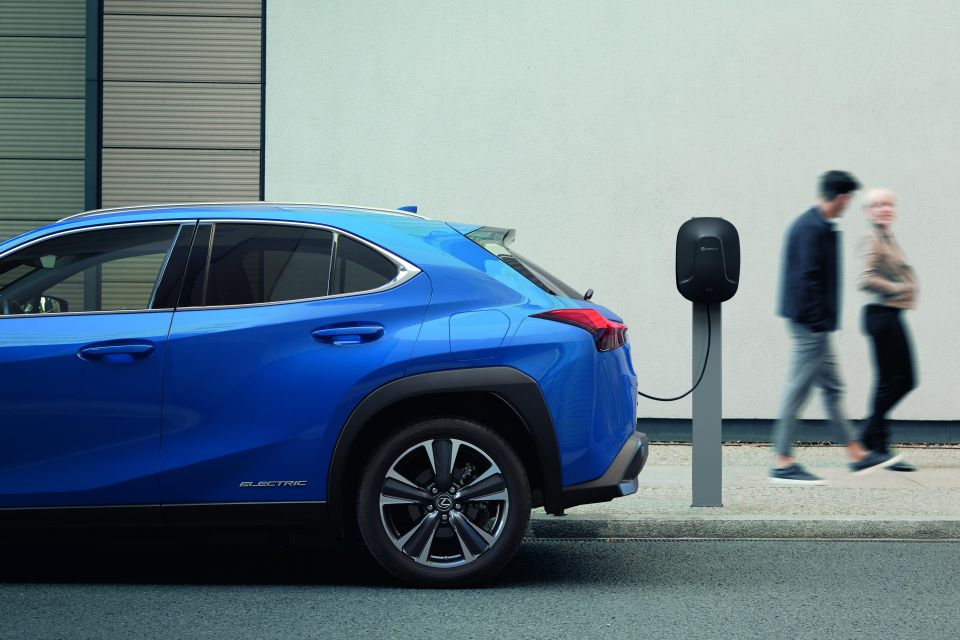

Contributor
New from
$45,050
excl. on-roads

Contributor
New from
$45,050
excl. on-roads


Contributor
New from
$45,050
excl. on-roads

Contributor
New from
$45,050
excl. on-roads
Quickly see how this car stacks up against its competition. Select any benchmark to see more details.
Where expert car reviews meet expert car buying – CarExpert gives you trusted advice, personalised service and real savings on your next new car.
It’s hard to believe, considering Lexus’ parent company Toyota has been making the Prius hybrid for more than 20 years, neither of these two Japanese car companies have so far constructed a pure-electric vehicle (EV) for public consumption.
All that changes, though, with this – the Lexus UX300e. It’s based upon the prestige arm of the Toyota group’s smallest crossover-SUV, which is already available in Australia with a 200-badged petrol engine and as a 250h with petrol-electric hybrid running gear. The electric model will arrive Down Under in November 2021.
The UX300e was chosen as the model to receive the signal honour of carrying Toyota/Lexus’ EV pennant for a variety of reasons – one of the chief being it’s a strong-selling vehicle worldwide for Lexus, given its compact premium crossover nature.

Another justification is that it’s a reasonably new product (it launched in 2018) that sits on the GA-C platform of the group, which makes it thoroughly decent to drive anyway.
Globally, the UX300e will spearhead a raft of EVs and plug-in hybrids from Lexus in the coming years, while it has also stolen a march on some of its key rivals – appearing on wider world markets before either of the Volvo XC40 P8 Recharge or the highly anticipated Tesla Model Y, which was at least delivered to some Californian customers earlier this year.
We’ve also recently driven the BMW iX3, which is admittedly a larger SUV than the Lexus anyway, but it’ll still be a feather in the cap for the Japanese company that it has beaten the Europeans to the punch when it comes to offering a premium EV crossover.

Prices for the UX300e have not been confirmed for Australia, although we know that the regular range starts at $44,450 plus on-road costs for a UX200 Luxury (excluding on-road costs) and rises to $64,000 before on-roads for a top-line UX250h F Sport AWD.
As a rough guide for the UX300e’s pricing level, in China the Lexus EV retails for around $78,300 on a direct exchange to Australian dollars from yuan.
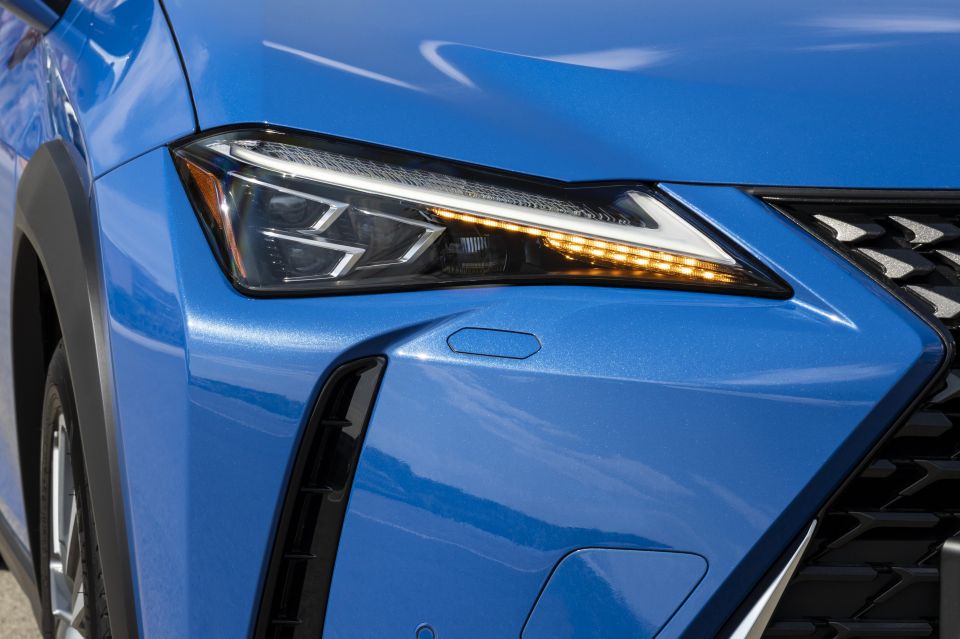
Buy your new car without the stress. It's fast, simple and completely free.

Great service from Travis and team, second time I have used this business would not hesitate to recommend them to anyone
Craig C.
Purchased a Ford Ranger in Sunshine Coast, QLD
CarExpert helped Craig save thousands on his Ford Ranger, now let us save you on your next new car.
Find a dealThis is a section we’ll hold fire on for the moment, as Australian specs aren’t set yet. Assume it’ll be offered with either high-spec F Sport or Sport Luxury flavours like the petrol and hybrid models.
That means standard kit should include a 10.3-inch infotainment unit with satellite navigation, Android Auto and Apple CarPlay connectivity, 18-inch alloy wheels, dual-zone climate control, leather-accented upholstery, heated and power-adjustable front seats, auto LED headlights lights and rain-sensing wipers, parking sensors all round with the added back-up of a reversing camera, and aluminium roof rails.
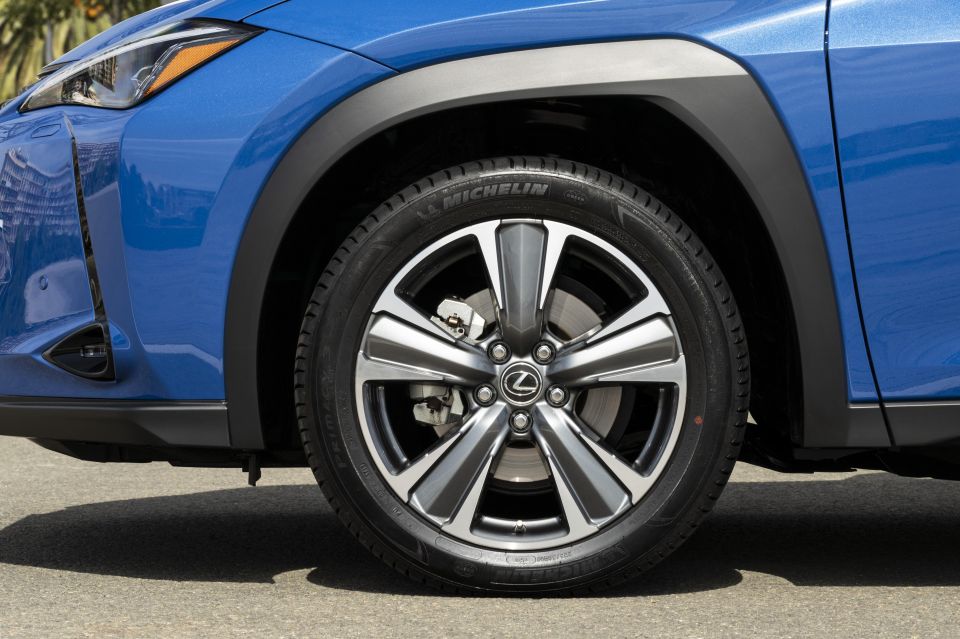
As per the wider range expect a full suite of active safety systems as standard, to, including low- and high-speed autonomous emergency braking, all-speed adaptive cruise control with stop/go, blind-spot monitoring with rear cross-traffic assist, lane-keep assist, and auto high-beam.
Stay tuned for more detailed Australian pricing and specification information when those details become available.
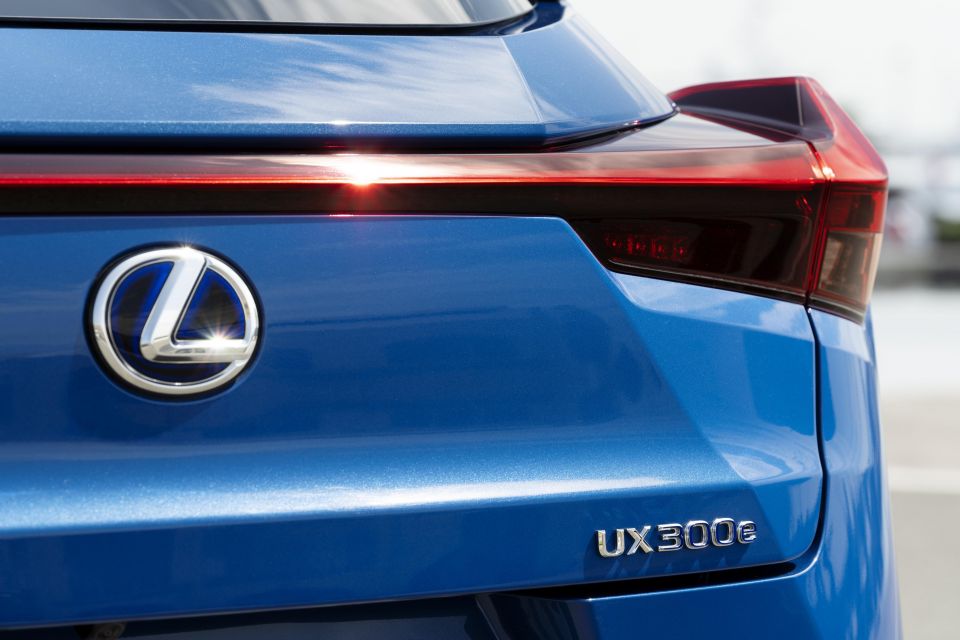
Tested by ANCAP in 2019, the regular Lexus UX wears a full five-star safety rating, picking up scores of 96 per cent, 88 per cent, 82 per cent and 83 per cent respectively for adult occupant protection, child occupant protection, vulnerable road user protection and safety assist.
While exact specs for an Australian market UX300e haven’t been confirmed, it is reasonable to assume the EV model will perform just as well as its stablemates in safety testing, as it has access to the same advanced driver assist technologies as the other UX models and the same sturdy physical structure.

Within the UX300e, the ambience is suitably grand. It feels like a quality item from the moment you swing shut the solid, hefty doors and the general layout is most pleasing.
It’ll be familiar to you if you’ve been in a UX200 or UX250h at any point, because there’s not a huge amount of difference between the cabin of the them and the EV, beyond the obvious buttons that relate directly to the 300e’s zero-emissions running gear.
The big change comes in the cluster, where there’s a new design of digital instrumentation. Sadly though, our test car didn’t have the sliding dial that you’d find in UX F Sport models, replaced instead by a fixed item that presents the digital information within similar to local Luxury and Sports Luxury versions.

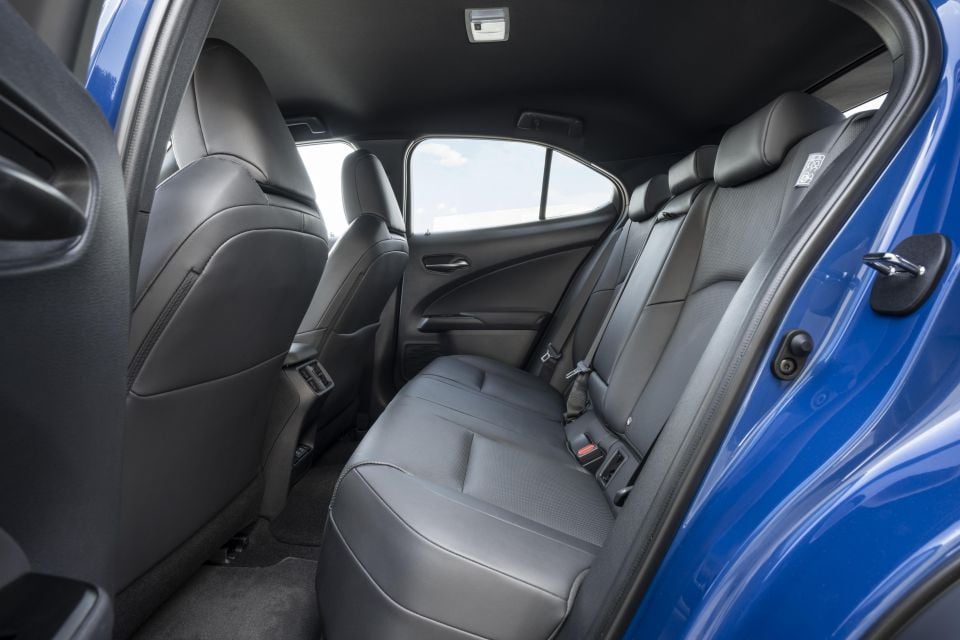


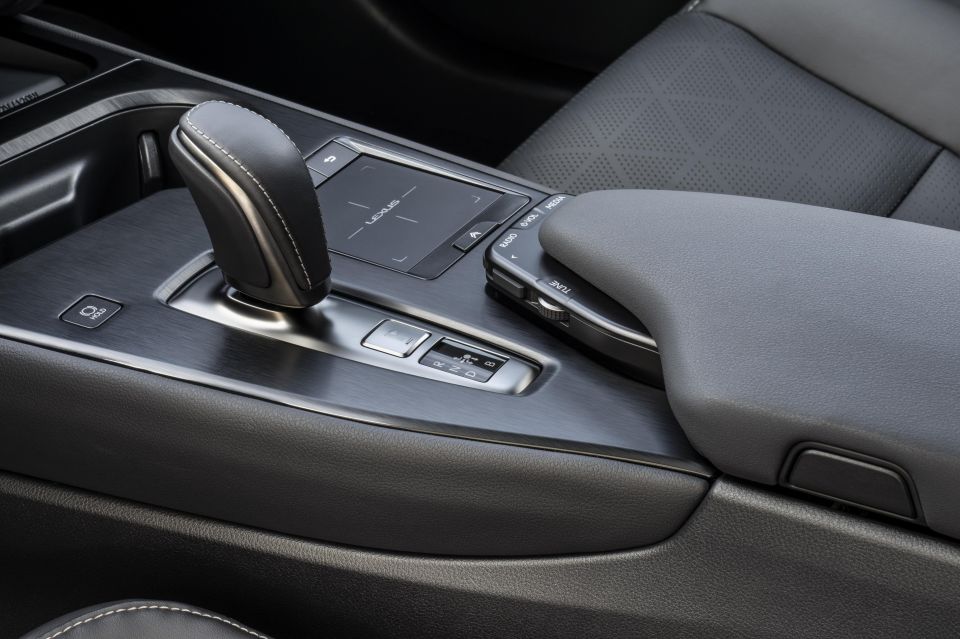
Alongside this is an analogue gauge for the battery charge, which is basically a small petrol pump but with a plug graphic annotated onto the end of its cable.
Besides this, the usual Lexus strengths and foibles come to the fore. The solidity of construction within the cabin is superb and, similarly, in an age of touchscreens and voice control the UX has some simple-to-understand-and-operate buttons for various key functions of the interior.
It also has a clear, attractive 10.3-inch screen atop the dashboard that can be linked to smartphones through Apple CarPlay or Android Auto – good news, because the frustrating flat-pad controller for the proprietary infotainment remains in the 300e.
Aside from that clunky interface, which is near-impossible to use on the move and not much better to operate when you’re sitting still, other issues include a limited amount of space in the rear seats for passengers, a common UX bugbear, as well as a boot that is reduced by another 34 litres in capacity as a result of the electric powertrain components, leaving the rear cargo space at a modest 367 litres with all seats in play.
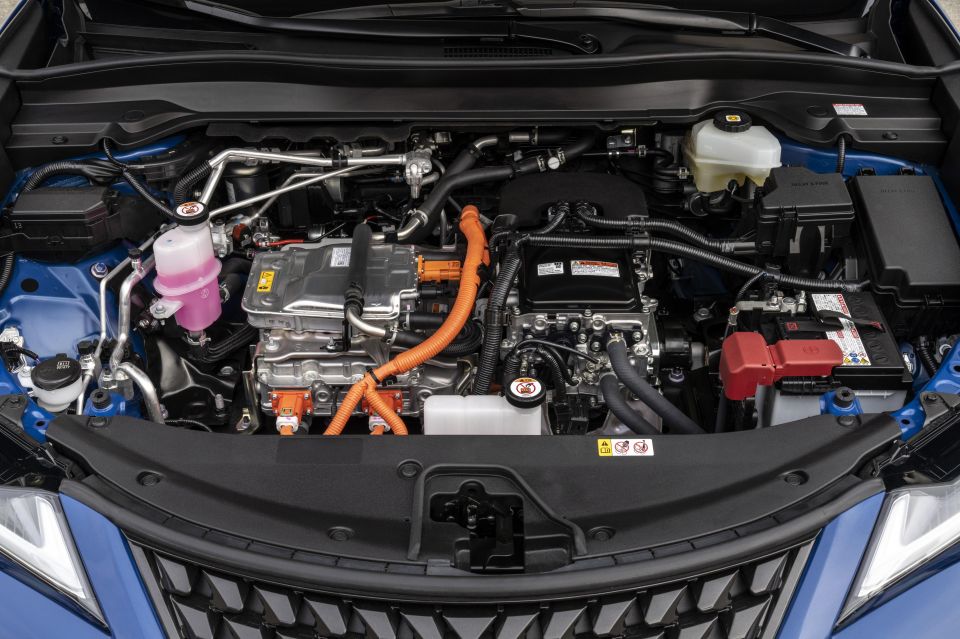
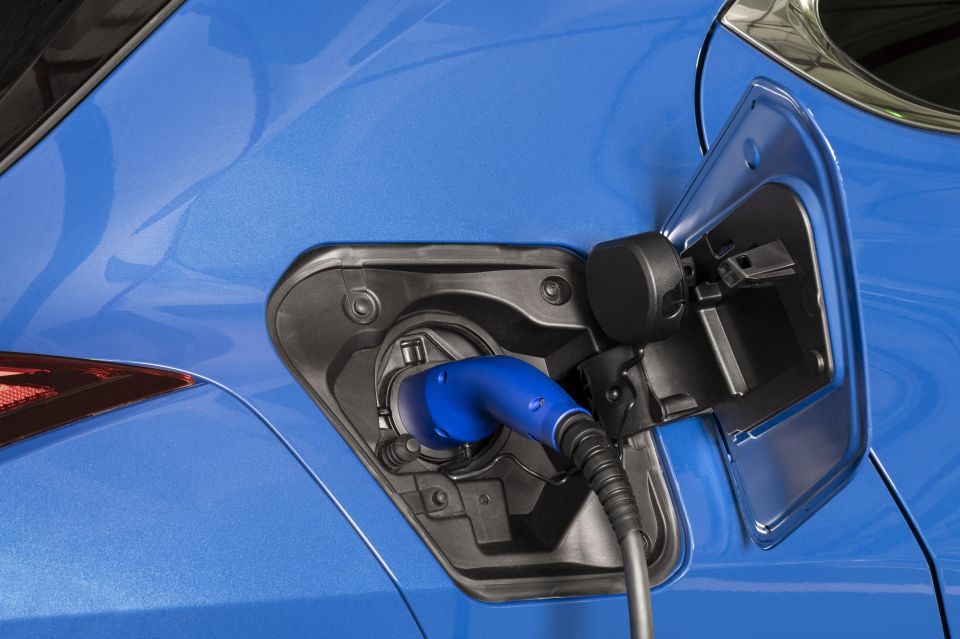
Lexus fits a 150kW electric motor with 300Nm of torque and a 54.3kWh lithium-ion (Li-ion) battery pack to the UX300e, the latter fact in and of itself of interest because Toyota and Lexus normally favour nickel-metal hydride (NiMH) units for the group’s hybrids – though newer models like the LC, LS and Toyota Yaris use Li-on.
Power from the electric propulsion unit goes to the front wheels through a two-speed reduction gear set-up, with Lexus claiming a 0-100km/h time of 7.5 seconds and a top speed of 160km/h.
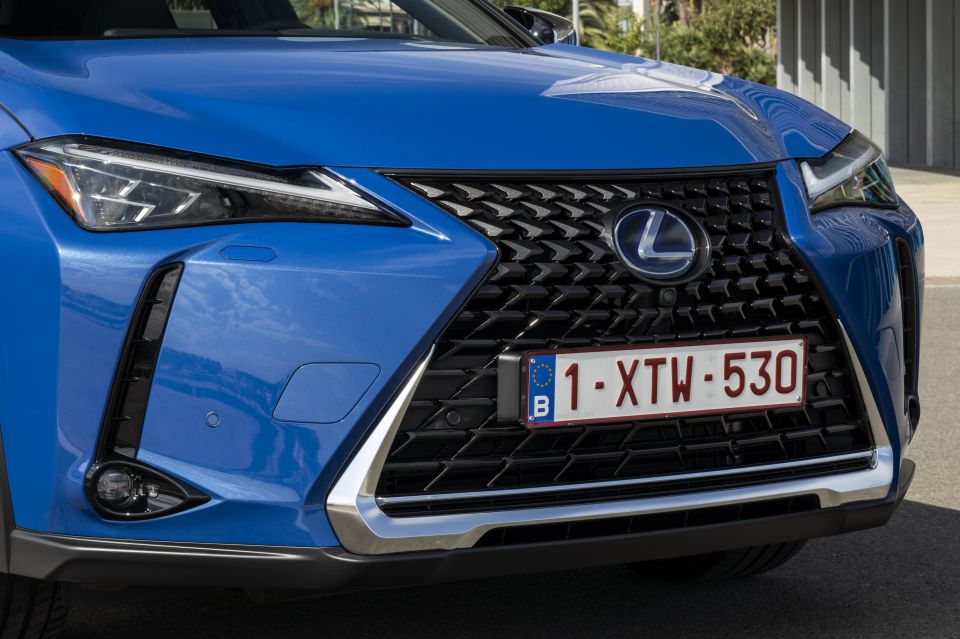
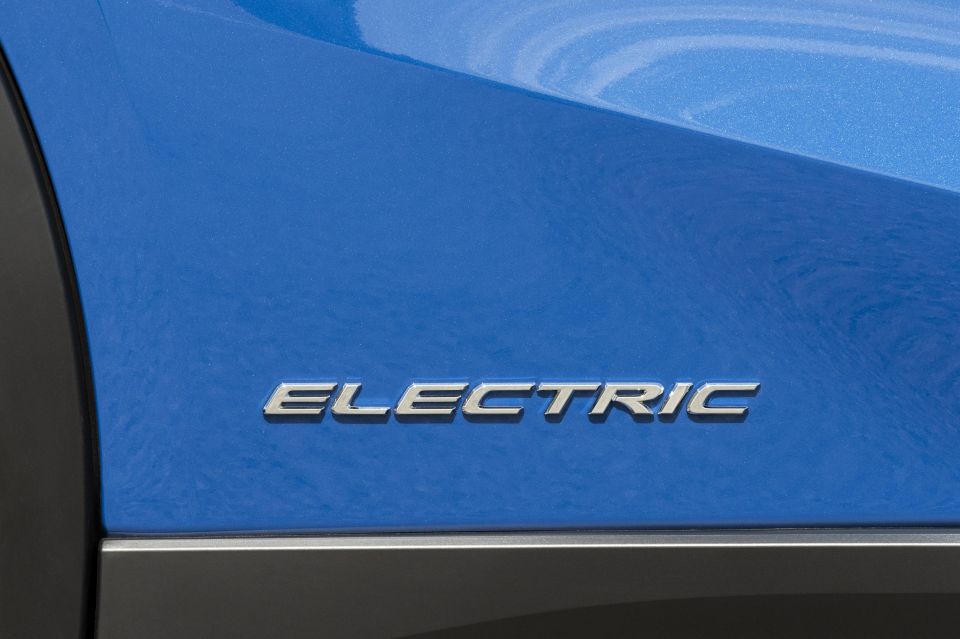
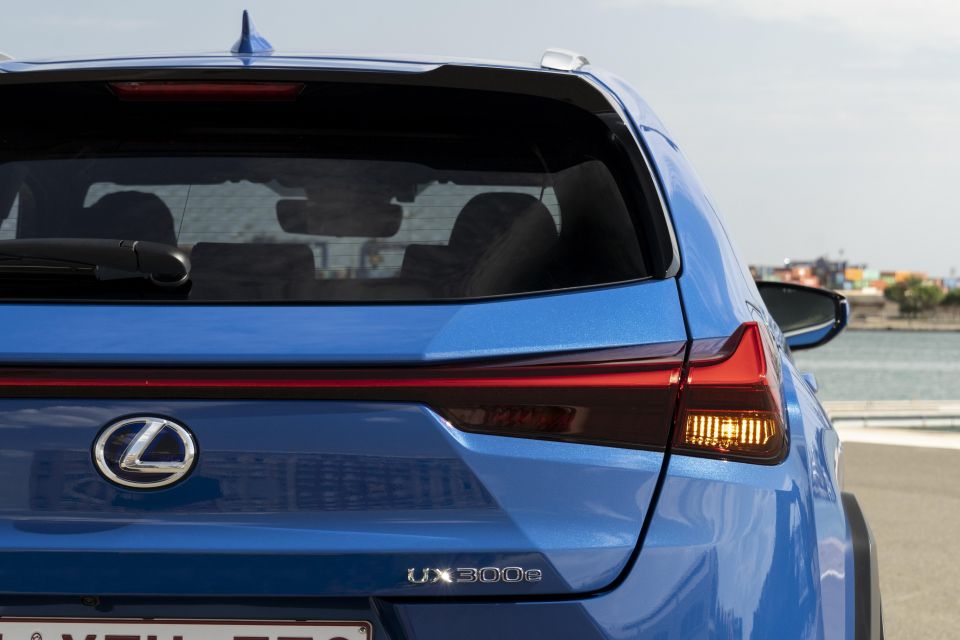
Perhaps the slightly chancy move on Lexus’ part is to only offer a mid-sized battery pack. Citing the same type of reasoning and in a tactic not dissimilar to Mazda with its MX-30, Lexus says it could have given the UX300e the ability to go 400km(NEDC) and more on a single charge, but a bigger, heavier battery pack would have increased the expense of the vehicle, boosted its lifetime CO2 footprint, and made the driving experience of the 300e less involving to boot.
As it is, you can expect 315km of range from the Lexus on 17-inch wheels, or opt for 18-inch alloys and sacrifice 9km for a WLTP-ratified single-charge scope of 306km.
Lexus was keen to point out that most commuters around the world do a maximum of 50km a day, so whether a circa-300km range is enough for you in your EV will be the crux of whether you’re interested in the UX300e or not – but you can bet your bottom dollar both Volvo and Tesla will screw a lot more kilometres out of their compact crossovers’ battery packs when they finally arrive in showrooms.
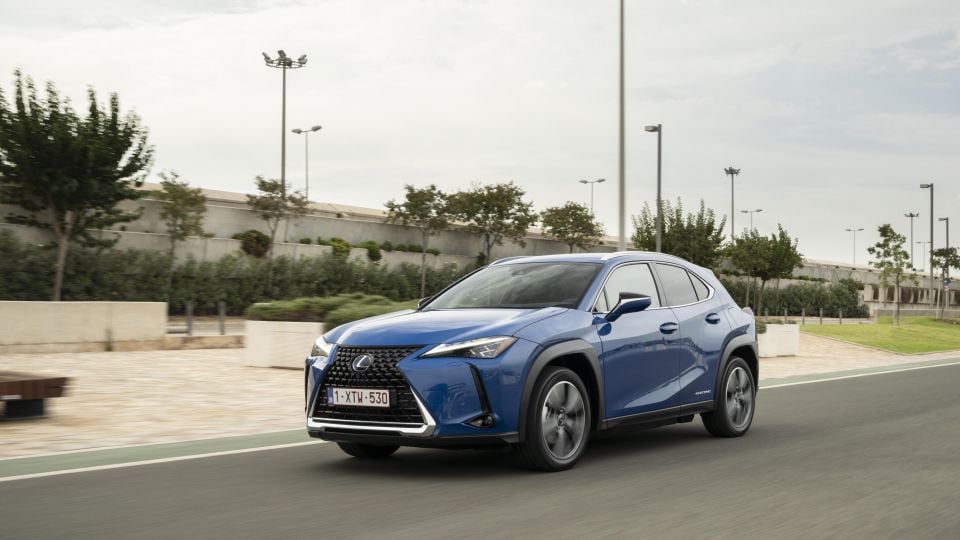
It drives very well indeed, which perhaps justifies Lexus’ decision to go with the smaller battery pack. The weight gain on a UX300e when compared to an equivalent UX250h is around 160-185kg, which is not completely deleterious to the enjoyable way the UX drives in general.
That GA-C platform bestows competent dynamics on any car it underpins, and the Lexus EV is no exception. Body roll is perhaps a tad more pronounced in the electric model than in either the petrol or the hybrid, but not to the point that it affects the way the UX300e gets smartly turned into a corner, then holds onto its line tenaciously.
You’ll experience little in the way of understeer unless your entry speeds are wildly ambitious, while Lexus is a company that seems to have a real handle on how to gear electrically-assisted power steering to be deeply rewarding.
Even the two-function brakes (they both stop the car and harvest otherwise lost kinetic energy) feel reassuring and progressive underfoot, rather than vague and imprecise.
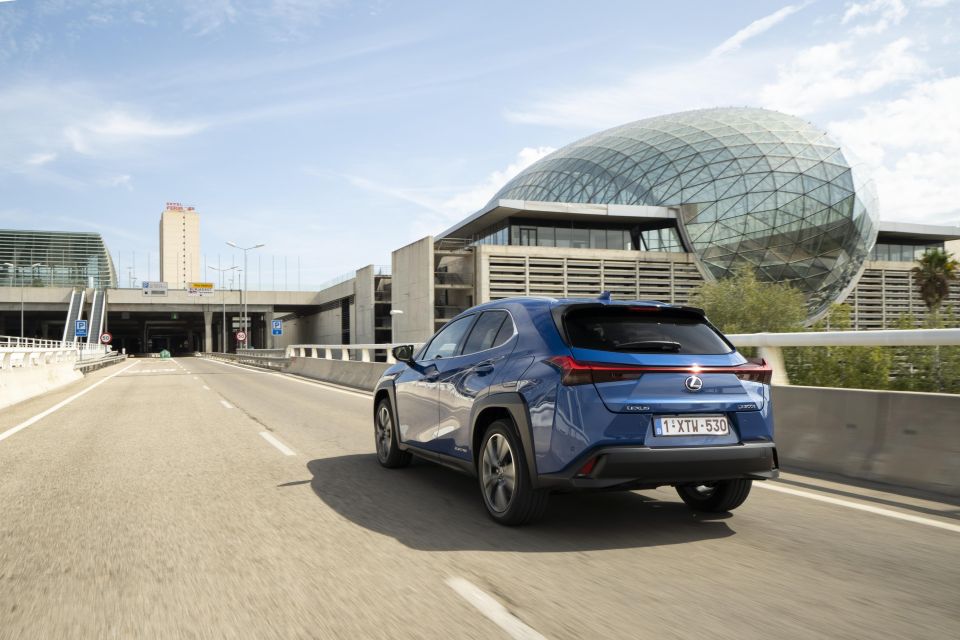

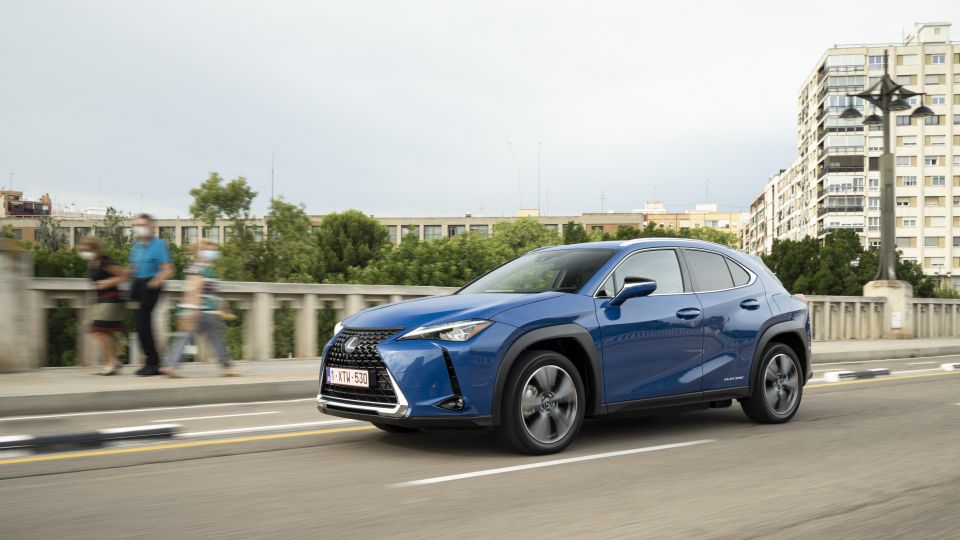
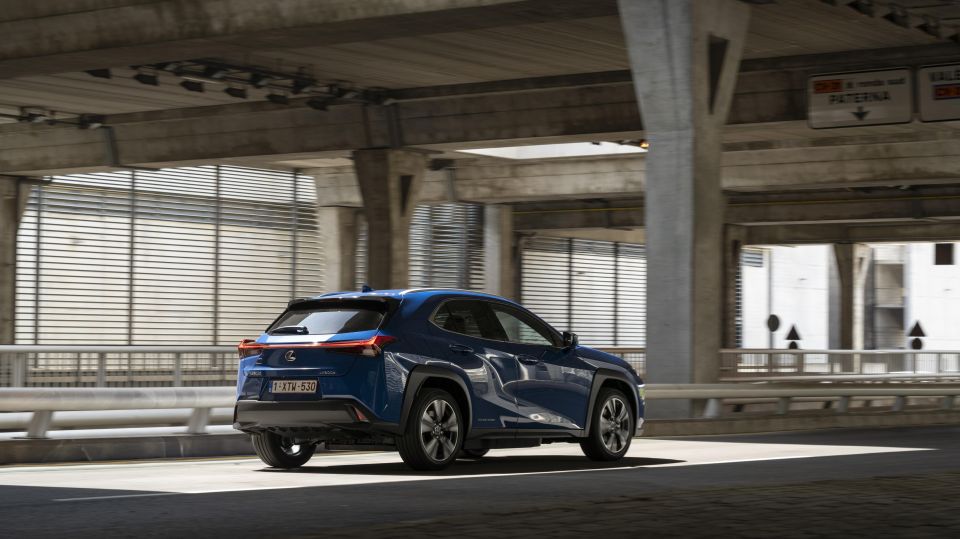
It’s a great electric drivetrain, too, judged just right in terms of its power delivery. In slipperier conditions you can fox the traction control momentarily with injudicious use of the throttle, listening with wry amusement as the front tyres briefly flare into wheelspin, but in general traction is superb, grip levels are high, and the linearity of the acceleration feels natural from crawling speeds right through to highway velocity.
There’s enough surge from the UX300e when accelerating to reinforce the core attributes of any EV, most pertinently the immediate hit of 300Nm, and yet there’s no unruly torque-steer nor tramlining to report.
And like any good Lexus and any self-respecting EV, refinement is the ace in the pack. The suspension is a fixed-rate set-up that does a good job of smothering out low-speed bumps and ripples, just as capably as it filters large transverse ridges taken at speed out of itself before the effects of these road imperfections make it to the passenger compartment.
Our test car had an acoustically-insulated windscreen, so both tyre roar and wind noise are negligible. It also looks able to meet its range claims. We worked it pretty hard for 100km in cool conditions, meaning we were using a lot of electrical drains on the battery such as the climate control and heated seats, yet it still had 150km of range and more than half its battery showing at the end of the test drive.
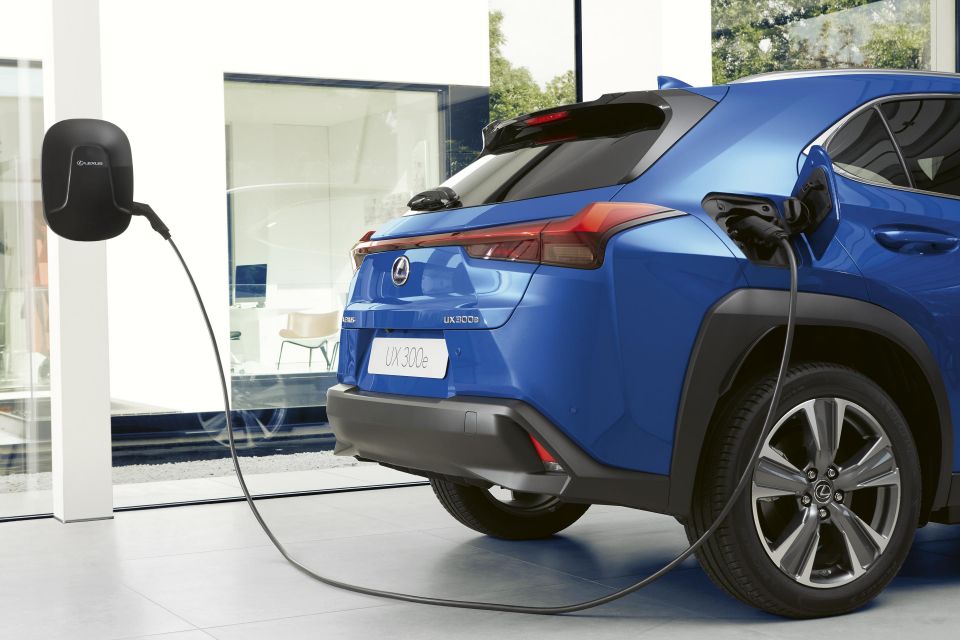
We’re not sure on the specifics of running costs as yet, but we do know that Lexus will offer a 10-year, 1 million-kilometre warranty on the battery packs of all its EVs going forward.
That should give peace of mind against battery degradation over time, while Lexus’ strong reputation for reliability will also make the UX300e a dependable machine in the long-term.
Charging times for the UX300e are 50 minutes from 0-80 per cent of the battery’s capacity on a 50kW CCS connection, or eight hours if hooked up to a domestic 6.6kW Wallbox.
Neither of these times are particularly fast by EV standards, but neither are they abominably tardy by the same token. Lexus claims an energy rate usage of 16.8kWh/100km, which is competitive by modern EV standards.

Where expert car reviews meet expert car buying – CarExpert gives you trusted advice, personalised service and real savings on your next new car.
Being a pioneer doesn’t necessarily make a car the best it can possibly be in its particular market sector, but even accepting that the Lexus UX300e has no direct peers at the time of writing – meaning we can’t really place it in a referential framework of comparable competitors – we’d have to say it has set a high bar for other premium, compact crossover EVs to attempt to clear.
Suitably refined, adequately brisk, and great to look at, it’s only the usual UX gripes of cramped rear cabin room and that woeful infotainment controller that blight the otherwise fantastic 300e – although we’re sure a lot of people will, rightly or wrongly, obsess about the middling 300km range.
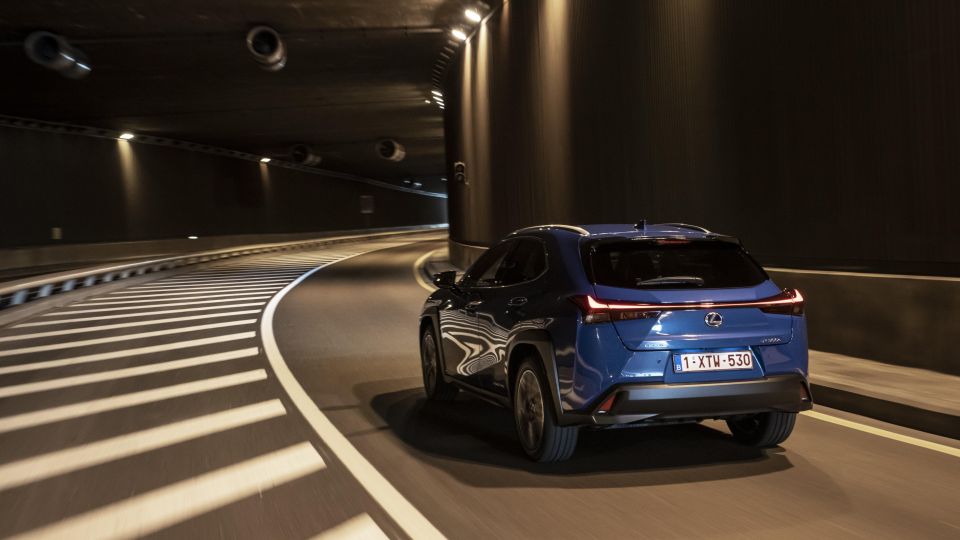
Nevertheless, if Lexus Australia can get the pricing and specification structure just right, then we could be looking at the segment leader in this particular field for some time to come.
It might have taken Lexus quite some time to feel confident enough to make the leap from hybrid to full electric, but on the evidence of the UX300e, it was well worth waiting for the Japanese company to jump.
Click on the images for the full gallery
MORE: Lexus UX300e coming to Australia in November 2021 MORE: Lexus UX news and reviews
Where expert car reviews meet expert car buying – CarExpert gives you trusted advice, personalised service and real savings on your next new car.


Damion Smy
24 Minutes Ago


Damion Smy
2 Hours Ago


Matt Robinson
5 Hours Ago


Damion Smy
5 Hours Ago


Damion Smy
19 Hours Ago


Damion Smy
20 Hours Ago